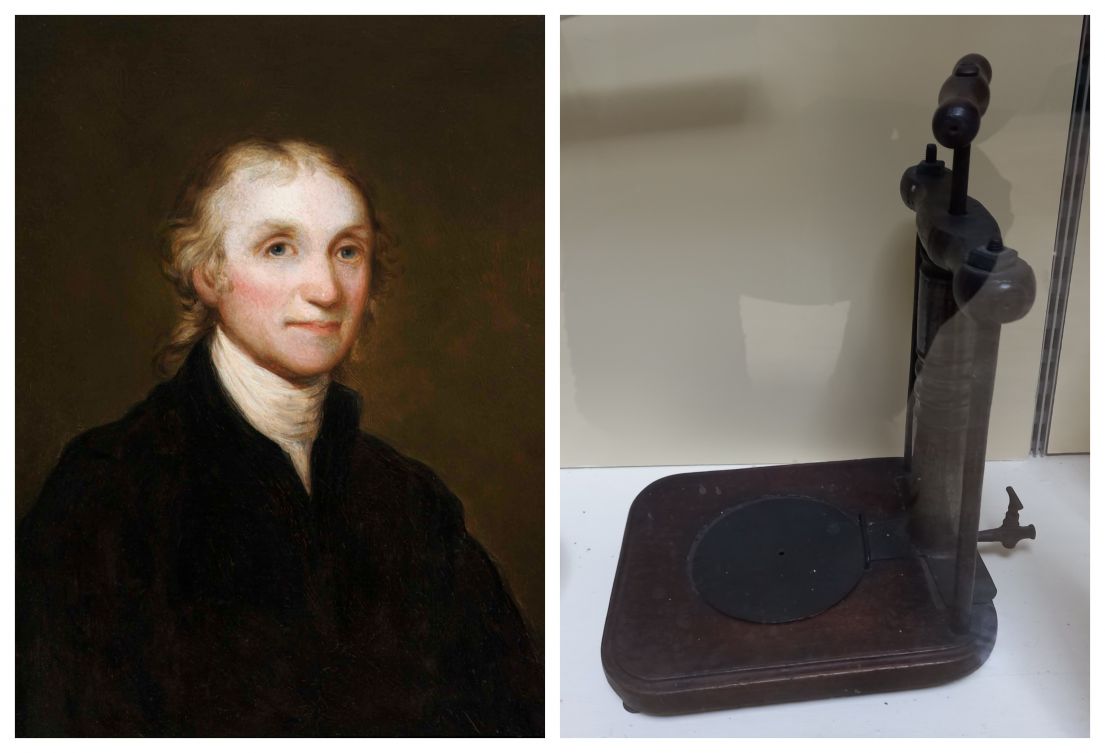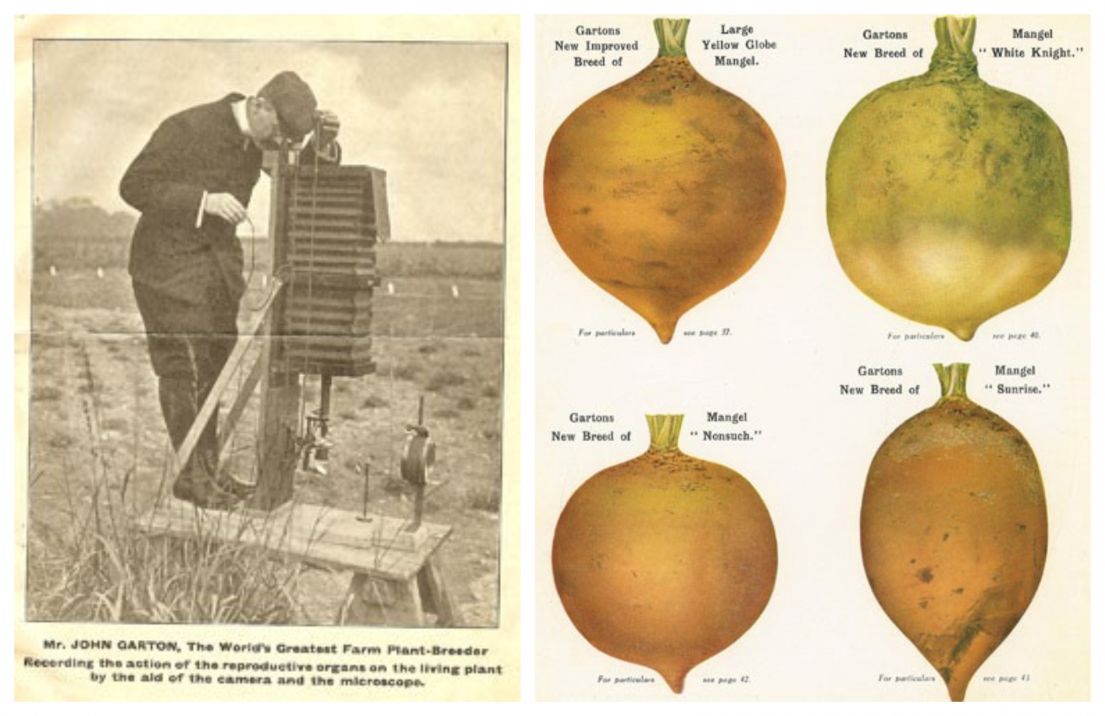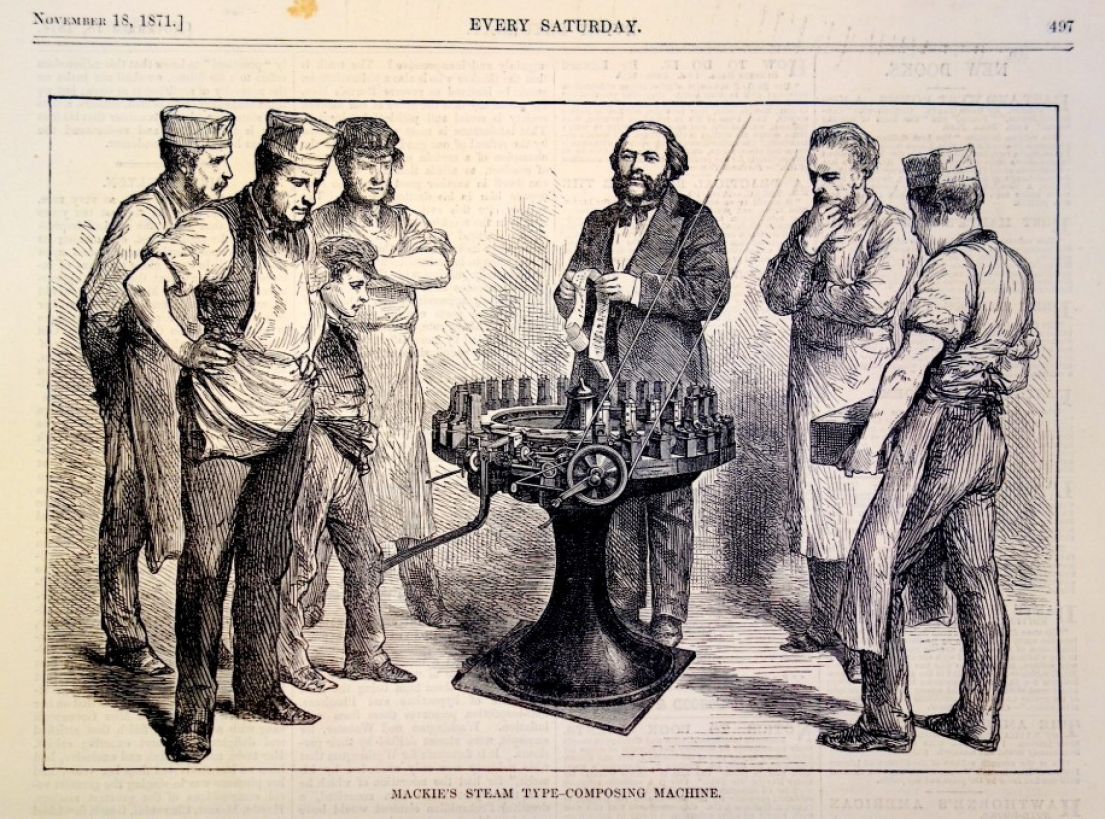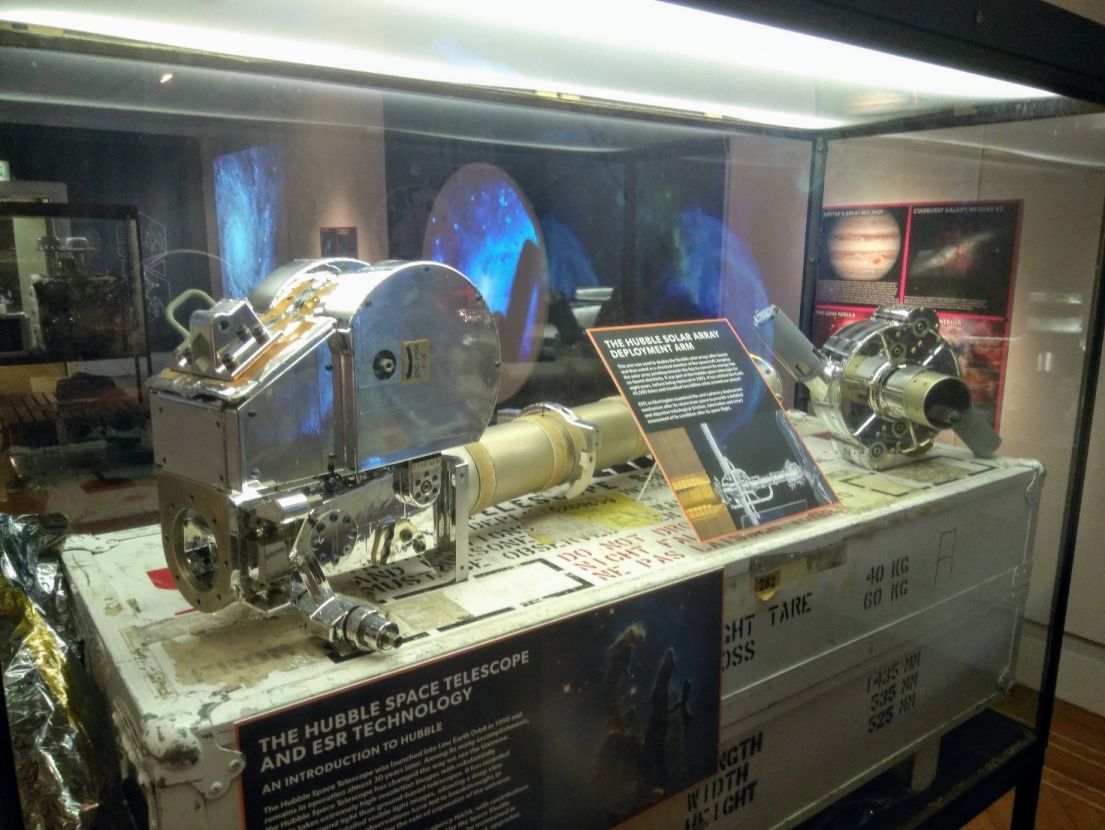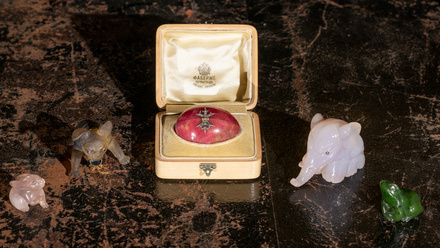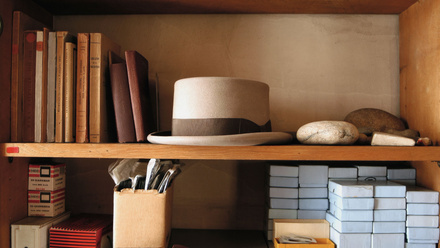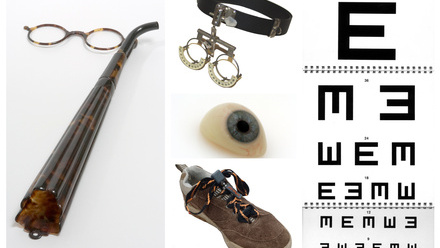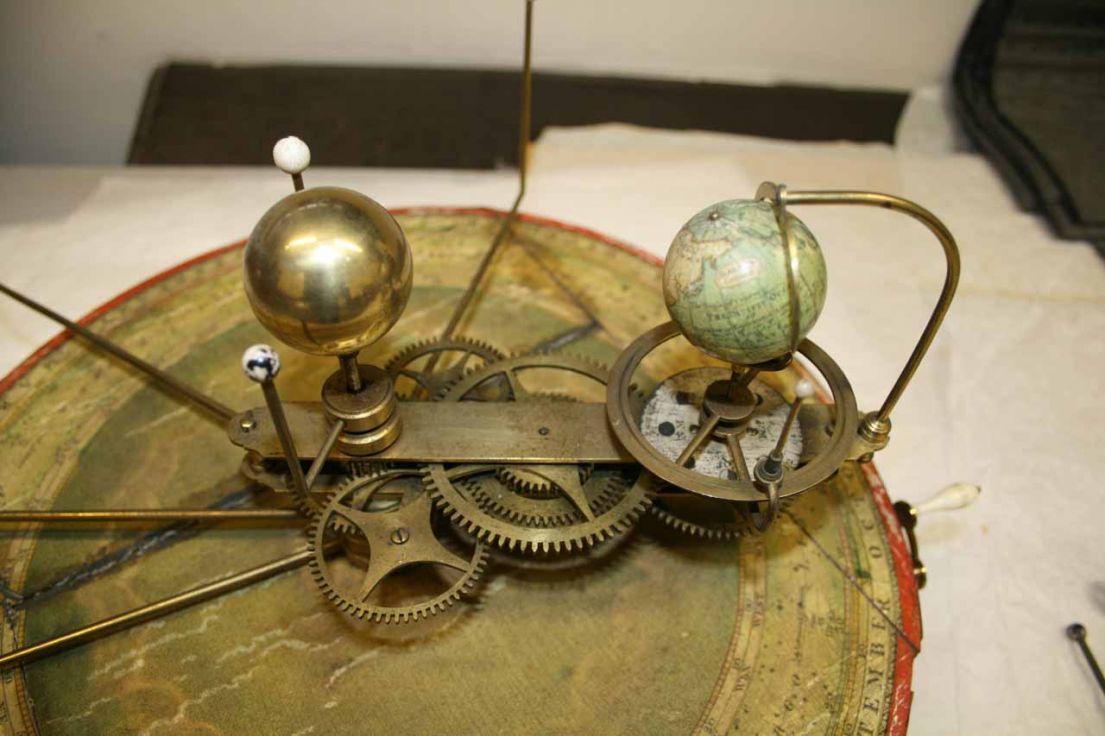
I’m working on plans for this year’s Heritage Open Days in Warrington. Inspired by the festival’s Astounding Inventions theme I’ve been searching for some of the curious and clever inventions that are the creativity of Warrington people. A rummage in the archives has uncovered some fascinating finds!
Joseph's bubbles - the air that you breathe (and drink!)
Peter's plants - sowing the seeds
Alexander's composition - read all about it!
Still reaching for the stars
Find out more
- Culture Warrington - Check here to plan your visit and hear the latest news
- What's on - Thousands more events will be added in the coming months
- Blog - Discover more curious collections from around the country
- Case studies - Meet other local organisers
- Got a story/place to share? - Find out how you can join our festival community

